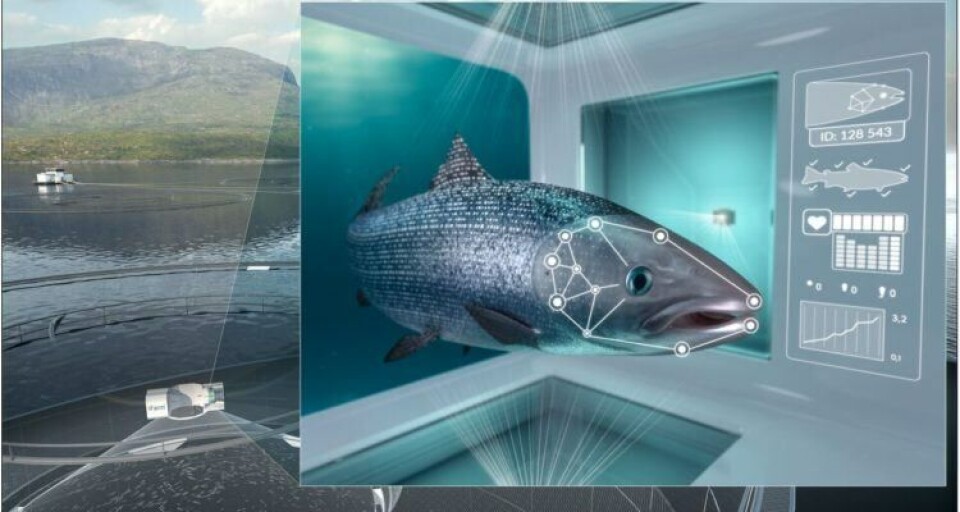
iFarm project ‘impossible to complete’ with four licences
Global salmon farmer Cermaq has expressed disappointment that it has been granted only four development licences for its iFarm project in Norway.
It said the decision by the Norwegian fisheries ministry (NFD) would make it impossible to complete the planned project, at least in its current form.
Development licences allow farmers to grow extra biomass to offset the cost of developing innovative ways of growing salmon.

‘Very disappointed’
“We are very disappointed and not least surprised that NFD will not allocate sufficient production volume to develop iFarm, a solution for digitising farming,” said Knut Ellekjær, chief executive of Cermaq Norway, in a press release.
The company said that so far development concessions have mainly been awarded to offshore plants and some to semi-closed plants. It added: “This is a narrow innovation portfolio seen in light of the breadth of concept that has been used. Norway has natural advantages that we rely on to utilise in order for the industry to be competitive in the future.
“iFarm differs from other technologies. iFarm would both simplify and improve the management of farming, be cheap to use, and allow for the preservation of individual value of salmon in accordance with the animal welfare act.”
Natural advantage
Ellekjær added: “We need innovation that safeguards Norway’s natural advantage, not exporting the industry. iFarm is a technology that addresses the root causes of the disease and welfare challenges of farmed fish. It is the innovation of existing farming, based on Norway’s natural advantage.
“Based on the guidelines in the decision, we will now see if it is possible to adapt the project to four licences, as we further develop the potential of the iFarm technology.”
Previously Cermaq has said it requires 10 licences to develop the image recognition it intends to use in the iFarm.

Millions of images
Earlier this year, Harald Takle, Cermaq’s research and development manager for farming technology, explained to Fish Farming Expert’s sister site, Kyst.no, that the company required several million images of unique fish.
“Google has used around 200 million images, and eight million unique individuals to get their image recognition algorithm to work with an accuracy of 99.6%. Apple has used around a billion photos to get to iPhone X,” he said to present a comparison.
The idea behind the iFarm is that fish are kept at a deeper level than in a conventional cage, which also keeps them below the lice layer in the sea.
Each time a fish surfaces to fill its swim bladder with air it must pass through a tube containing a device that detects and recognises each individual fish and reports any irregularities. Fish with disease, lice or other issues can easily be taken out of production.
The device uses several cameras, and the geometry and design of the tube will be optimised for image recognition. The company Biosort is behind the technology for image recognition and sorting fish out of production.























































